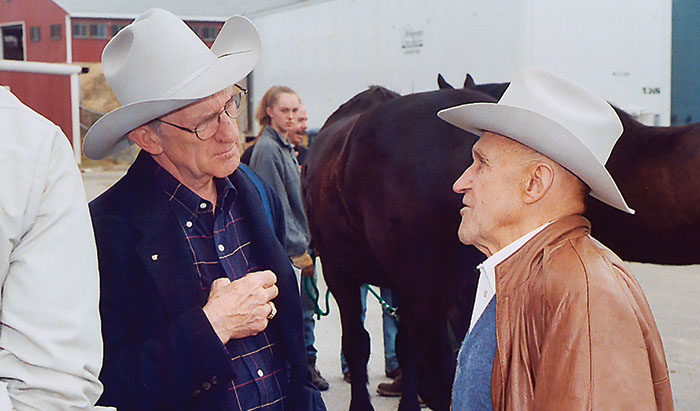American Farriers Journal
American Farriers Journal is the “hands-on” magazine for professional farriers, equine veterinarians and horse care product and service buyers.

Equine Vet Dallas Goble has seen a lot of laminitis in his time — and he’s pretty blunt about the prospects of treating the malady.
“We are missing the boat,” he told an audience at Tufts University School of Veterinary Medicine in North Grafton, Mass., recently. “We need to prevent laminitis, not treat the damn stuff.”
Goble, associate professor of surgery at the University of Tennessee College of Veterinary Medicine, is an unsoundness specialist and also serves as consulting veterinarian for the Anheuser-Busch Clydesdale teams. He notes that despite more and more research, the exact cause of laminitis is still unknown. What’s more, for the vet or farrier in the field, for the horse owner and for the horse, the question is often academic.
“The bottom line is that once the pathological progression is in process, it doesn’t matter what caused it,” he says.
Goble concedes that its impossible to prevent all cases of laminitis, but believes that attention to certain factors can…